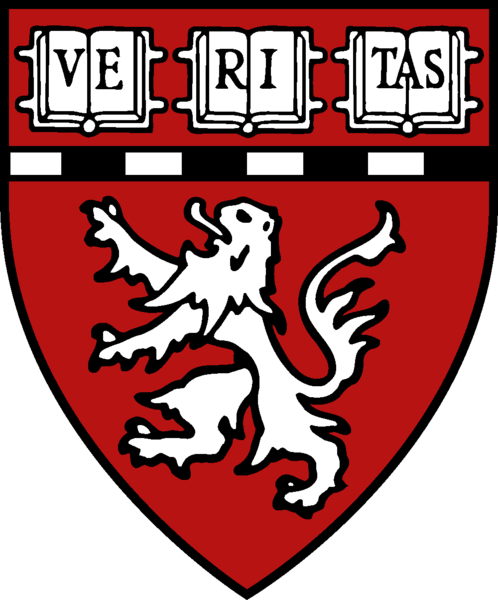


Yannan Ouyang, Gabriel Kreiman, Daniel Kantor, Erin M. Schuman, Mary B. Kennedy
Annual Meeting of the Society for Neuroscience, New Orleans, 1997
Calcium/Calmodulin dependent protein kinase II (CaMKII) is believed to play a crucial role in synaptic plasticity in area CA1 of the hippocampus. Both LTP and LTD are disrupted in hippocampal slices from mutant mice from which the alpha subunit of CaMKII is deleted (Silva et al. 192; Stevens et al. 1994); however, the molecular mechanisms underlying each form of plasticity are still unknown. We used double-label immunocytochemistry of fixed hippocampal slices with antibodies against activated, autophosphorylated CaMKII (P-CaMKII) and non-phosphorylated CaMKII (NP-CaMKII) to show that both forms of CaMKII are significantly elevated in dendrites in area CA1 30 min after induction of LTP by tetanic stimulation of Schaffer colaterals (Ouyang et al., 1997). In contrast, in cell bodies only P-CaMKII is elevated by the same stimulus. Our results suggest that new CaMKII can be synthesized locally in neuronal dendrites in response to tetanic stimulation and that long lasting changes in dendritic CaMKII activity produced by tetanus may be caused by new synthesis rather than by long lasting changes in the proportion of P-CaMKII. This finding may provide a function for the relatively large quantity of alpha-CaMKII mRNA found in hippocampal dendrites. We are now testing this hypothesis by investigating changes in P-CaMKII and NP-CaMKII at earlier times after tetanus, and after blockade of protein synthesis with anisomycin. Silva et al., Science 257 201-206, (1992) Stevens et al., Current Biology 4, 687-693, (1994) Ouyang et al., J.Neurosci., in press, (1997) Supported by grants NS57684, NS17760 and NS32792.
Top